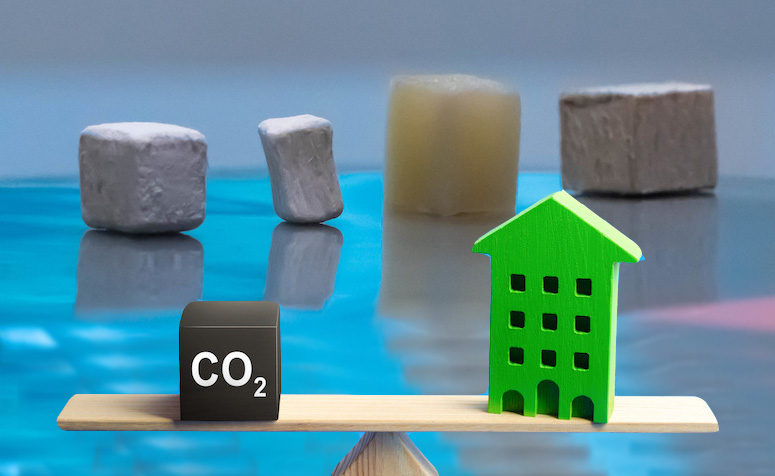
Researchers at Rice University have developed an engineered wood that is stronger than its natural counterparts and can sequester carbon dioxide (CO2) from the surrounding air.
To accomplish this, the team delignified – disintegrated the lignocellulosic structure into its fibrous components – the wood to create a hierarchical, porous structure. The porous structure was then infused by soaking it in a solution containing microparticles of an absorbing material called Metal-Organic Framework (MOF). MOFs possess a strong affinity for carbon dioxide molecules. The MOF, Calgary framework 20 (CALF-20), was chosen as its performance level and versatility under varied environmental conditions outperforms its counterparts.
This process resulted in a functional wood structure that captured and retained CO2 with high selectivity over nitrogen and water vapor. The new wood with 10% (w/w) CALF-20 captured CO2 with an overall gravimetric capacity of 0.45 mmol/g at 1 bar and 303 K that scales linearly with the MOF loading. The team was surprised to find that the new wood surpassed the calculated normalized adsorption capacity of CALF-20 within mesoporous wood framework, pore geometry modulation in CALF-20, and favorable CO2 uptake interactions. Density functional theory (DFT) calculations suggested strong interactions between CALF-20 and the cellulose backbone.
Future research will focus on determining the sequestration processes and performing a detailed economic analysis to understand the scalability and commercial viability of the new material. The team expects that this new “superwood” could be easily produced using existing technologies, and could be used in a wide range of applications, such as construction and furniture making, as an eco-friendlier alternative to traditional materials.
“Our process is simpler and ‘greener’ in terms of both substances used and processing byproducts,” says Muhammad Rehman, research professor in materials science and nanoengineering at Rice University.
